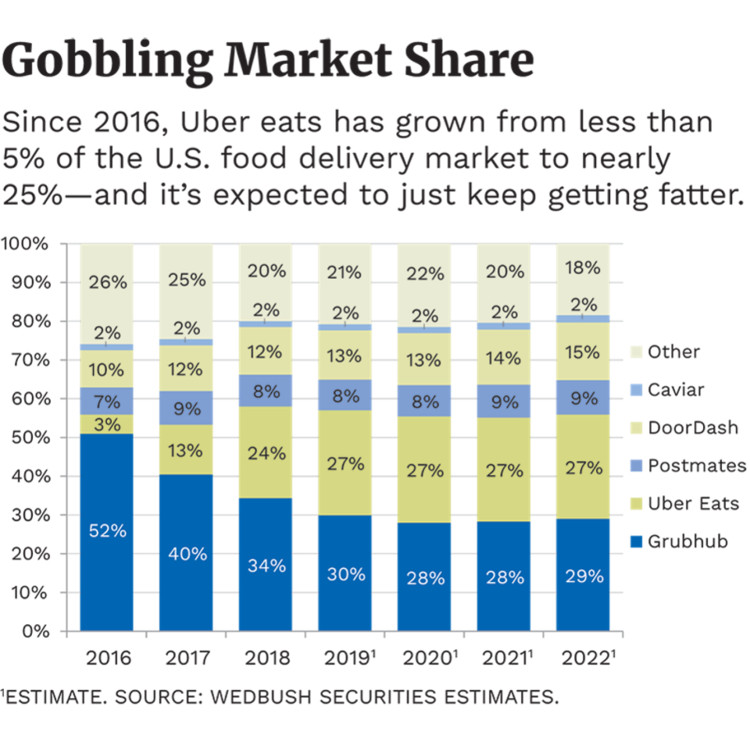
On a cold winter day, if you’re craving a fresh hot pizza, a stack of warm pancakes, or a juicy cheeseburger, it’s easy to turn to an app on your phone to quickly place an order and have it delivered right to your door. But if you’ve ever wondered how restaurants keep up with the demands of diners, those who take food-to-go, and those who order through delivery apps, especially over the last two years of the COVID-19 pandemic, the solution might lie in the rapidly expanding new trend of Ghost Kitchens.
Ghost Kitchens, known sometimes as “dark kitchens” or “cloud kitchens” are a new type of “third place” space that has been silently transforming the restaurant industry. As the world becomes increasingly interconnected, and consumers expect the delivery of goods and services as quickly as the push of a button on an app, the industry has been forced to find new ways to break away from traditional operations to match the demand. Many restaurants, both chain and individually owned, are turning to ghost kitchens as a way to survive, and thrive, in the future of the food and beverage industry. According to a report by Restaurant industry & Market Evolution, 52% of surveyed restaurants are considering setting up a ghost kitchen or some sort of delivery-only service as an offshoot of their brand.

Each of these kitchens is strategically located in an area that demonstrates the high demand for delivery services. While these kitchens themselves aren’t associated with a singular restaurant brand, the staff working inside of them prepares dishes that are only available for delivery. Instead of having a strong physical presence, these kitchens can only be found online, like through a food delivery app, allowing these businesses to reach an array of customers. Ghost kitchens also have some significant financial benefits, when comparing them with the cost of a typical brick-and-mortar store. According to Limetray.com, the average rent in the United States for a ghost kitchen costs around $20,000 per month, licensing fees around $1,000, a small staff costs $7,000 - $14,000, and social media advertising starts at around $8,000 per month. For comparison, the upfront investment costs of a single-chain restaurant might cost nearly $100,000.

Inside of the kitchen, many restaurants have found success in rebranding themselves into multiple mini brands, especially for restaurants that serve a wide arrange of foods. Instead of offering all of their menus in one place, their digital front may appear to be a pizza restaurant, a salad bar, and a sandwich shop- all as places that take orders separately but are cooked in one ghost kitchen.

The standard business model, and most popular, is where a restaurant has no seating space and no physical store. By shedding their front-of-house operations, these spaces only consist of a kitchen and a small back of house storage area, totaling around 500-600 square feet. Once an order comes in from an online website or app, a chef prepares the specialized cuisine and dispatches someone else to pick it up. As these models have evolved, many are now looking to shared cloud kitchens, a culinary twist on a co-working space to bring more brands and more cuisines under one roof. Euromonitor, a market research firm recently estimated that all forms ghost kitchens could become a one trillion dollar business by 2030.
The next time you place a delivery order through an app, there’s a chance that your tacos might not be prepared at your favorite restaurant that you typically would go sit down and order from, but their secondary ghost kitchen. As people turn to online ordering and the reliance on technology, ghost kitchens will become more important to the long-term success of the restaurant industry.






